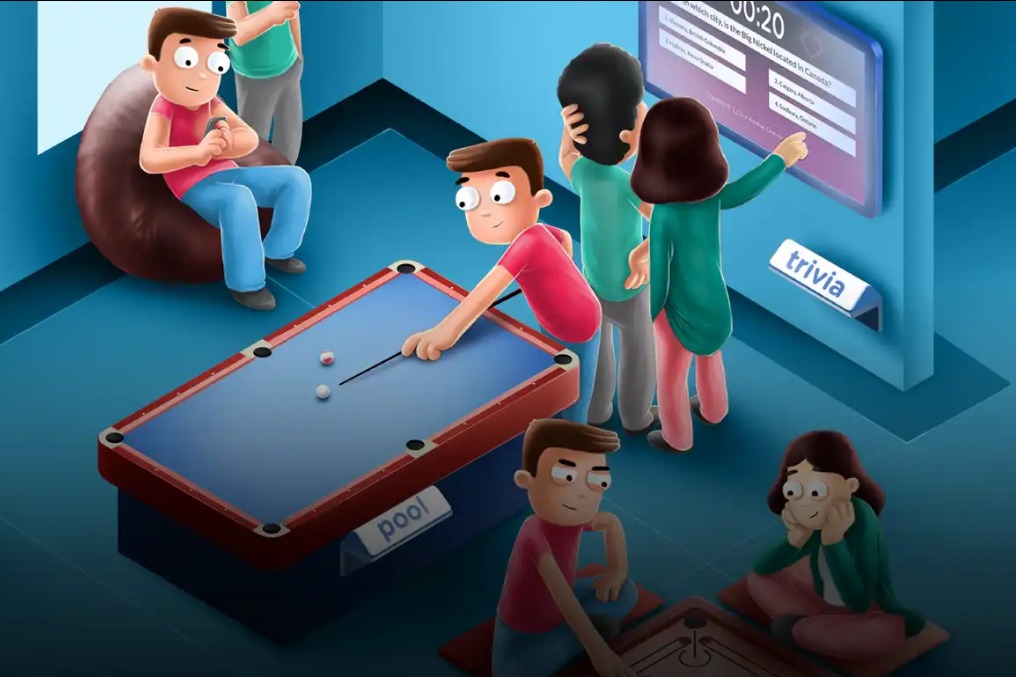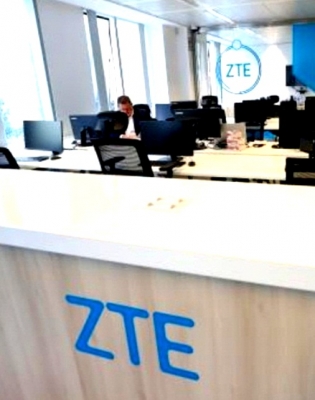
IANS: How was the project conceived?
Vyas: Our content team has a long wish list of titles for new content. Based on our bandwidth, certain projects take priority. The story of Ardeshir Godrej had also been on our wish list. When we were approached for this collaboration, we knew that it would make a wonderful biography, especially because it included three people and not just Ardeshir Godrej. The two books in ‘The Pioneers of Progress’ series tell the story of the Godrej family which had a humble beginning in Bharuch in Gujarat before migrating to Bombay to build a multi-billion-dollar empire. We have also published books on the founders of other Indian conglomerates such as Tata and Birla.
IANS: Why were only three individuals chosen from the vast variety of Parsis who have contributed to India’s growth?
Vyas: While selecting stories, we do not focus on a particular community but choose to tell tales that would inspire millions. When we started reading the material that was sent by the Godrej & Boyce team, we were thrilled to read the fascinating history of the organisation. They were passionate about ‘Make in India’ long before it became a mantra for indigenous manufacturing. This series focuses on the values of integrity, employee welfare, hard work, trust, and care for the environment which are portrayed very well in the stories.
IANS: Tell us about the research that went into it.
Vyas: Malini Sehgal, the author of the series, worked in collaboration with Godrej Archives to put these books together. The content was supported by archival material from the 1900s and included letters, agreements, product history, and advertisements. We delved into the 125-year-long history of the company and its various highlights such as the manufacturing of best-in-class safes, India’s first indigenous typewriter, the launch of Chandrayaan II, and other highlights. The author read the complete five-volume set biography, and a lot more books by various authors about the history of Godrej to verify facts. She mapped the timeline of the Godrej history to the timeline of landmark events such as the industrial exhibitions and the Swadeshi movement. The stories of Ardeshir, Pirojsha, and Naval transport you to a Bombay of a different era. What really helped was that the Godrej Archives Team of Godrej & Boyce provided photographs, transcripts, and letters to narrate the story in a comic-book format. Each founder had a distinct personality, and it was interesting to capture this. The onus of imagining how the pioneers reacted to the historic incidents or movements was an interesting challenge that Malini handled very well.
IANS: But doesn’t the comic book style leave a vast number of readers out of the ambit?
Vyas: We always create comics for 8 to 14-year-olds but our readership has been 8 to 80-year-olds. Comic books capture the interest of a wide range of audiences, from children to adults, who enjoy graphics as well as light and reluctant readers. However, the goal of this collaboration was to reach a younger audience.
IANS: Any chance of the series being taken forward?
Vyas: We are always looking out for new stories to tell and will continue to carry forward our legacy of familiarising millions of children with Indian history and mythology through our comics. Our content has been translated into various languages and also many formats such as animation, webcomics, web articles, audiobooks, and more. We are open to the possibility of further books in the ‘Pioneers of Progress’ series and its translations for a wider reach.
(The interview was conducted by Mr. Vishnu Makhijani before his demise)
–IANS<br>vm/sukant/sha
No related posts.










